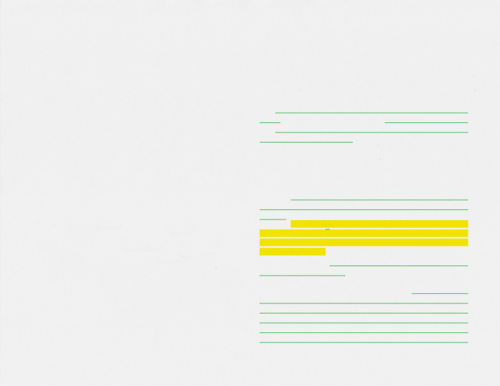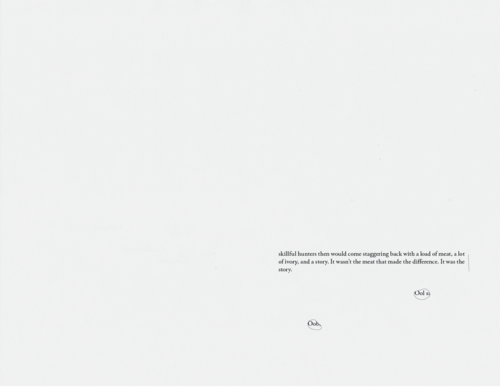User:Simon/Retention and transformation of annotations: Difference between revisions
| Line 5: | Line 5: | ||
===digital annotations=== | ===digital annotations=== | ||
[[File:borges_annotations.jpeg|400|frameless|The file with retained annotations from selected text highlights]] | |||
These are rare, but I found one PDF of Jorge Luis Borges "The Garden of Forking Paths" that had underlinings and highlighted text. The interesting thing is that these change appearance slightly depending on the e-reader software used to display the text. | These are rare, but I found one PDF of Jorge Luis Borges "The Garden of Forking Paths" that had underlinings and highlighted text. The interesting thing is that these change appearance slightly depending on the e-reader software used to display the text. | ||
Revision as of 18:58, 10 June 2020
interfaces for annotation
The formal qualities of annotations are defined by the tools used to make them, and also the cultural uses of these. Given a pen, most people will write, although it is also possible to draw or use it in other ways. With a keyboard it seems most appropriate to type. With a mouse, one can click on things, and select them.
What happens when these are retained, transformed and isolated from the source?
digital annotations
The file with retained annotations from selected text highlights These are rare, but I found one PDF of Jorge Luis Borges "The Garden of Forking Paths" that had underlinings and highlighted text. The interesting thing is that these change appearance slightly depending on the e-reader software used to display the text.


Digital annotations transcribed from a PDF of Jorge Luis Borges' "The Garden of Forking Paths"
analog annotations
Another text that came pre-annotated was Ursula K Le Guin's "The Carrier Bag Theory of Fiction". For this, I placed scans in a vector graphics program and digitised pen marks. I also included the text that was annotated with circles, underlines and lines in the margins.


Hand-drawn annotations digitally transcribed from a PDF of Ursula K. Le Guin's "The Carrier Bag Theory of Fiction"
